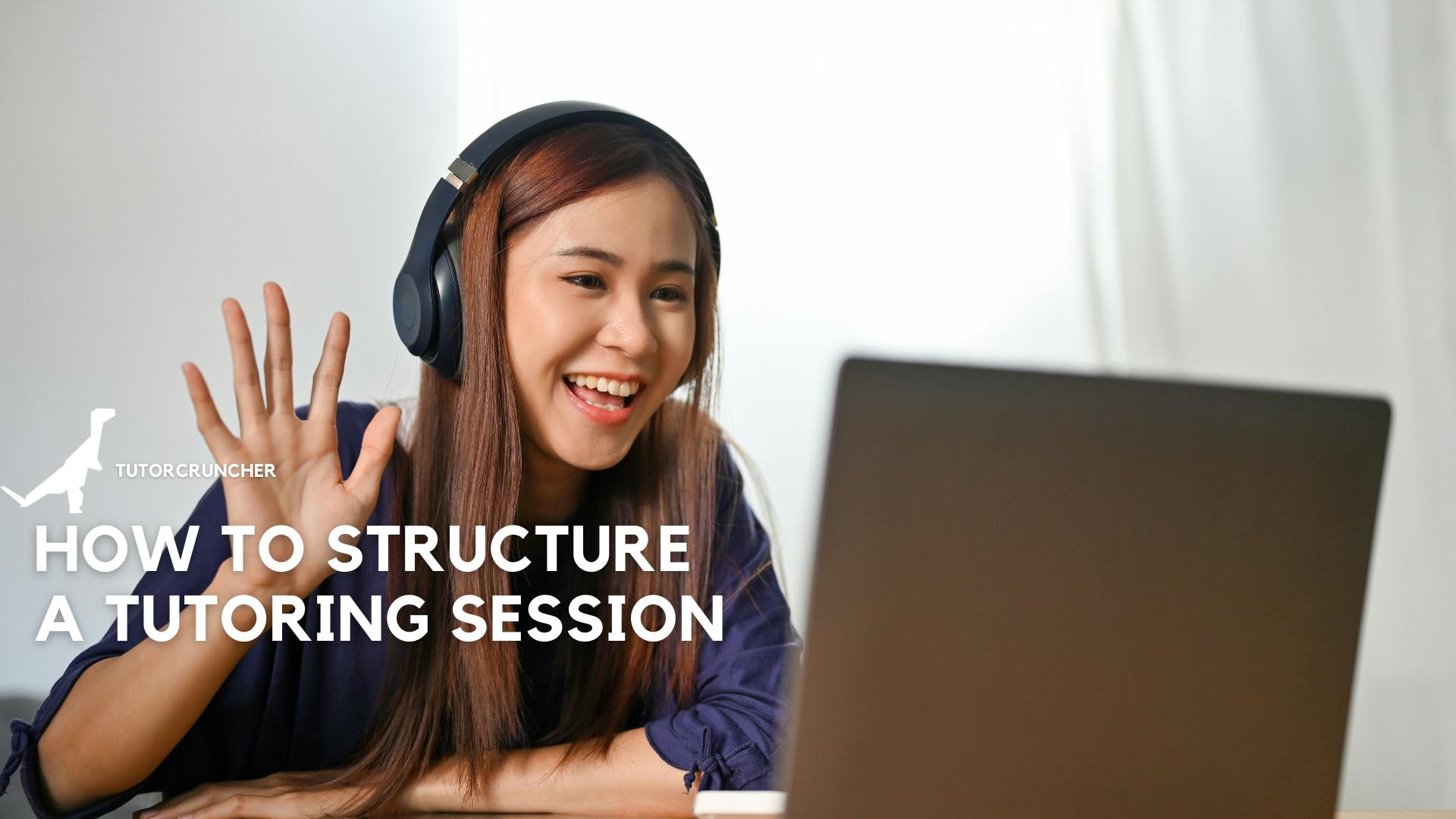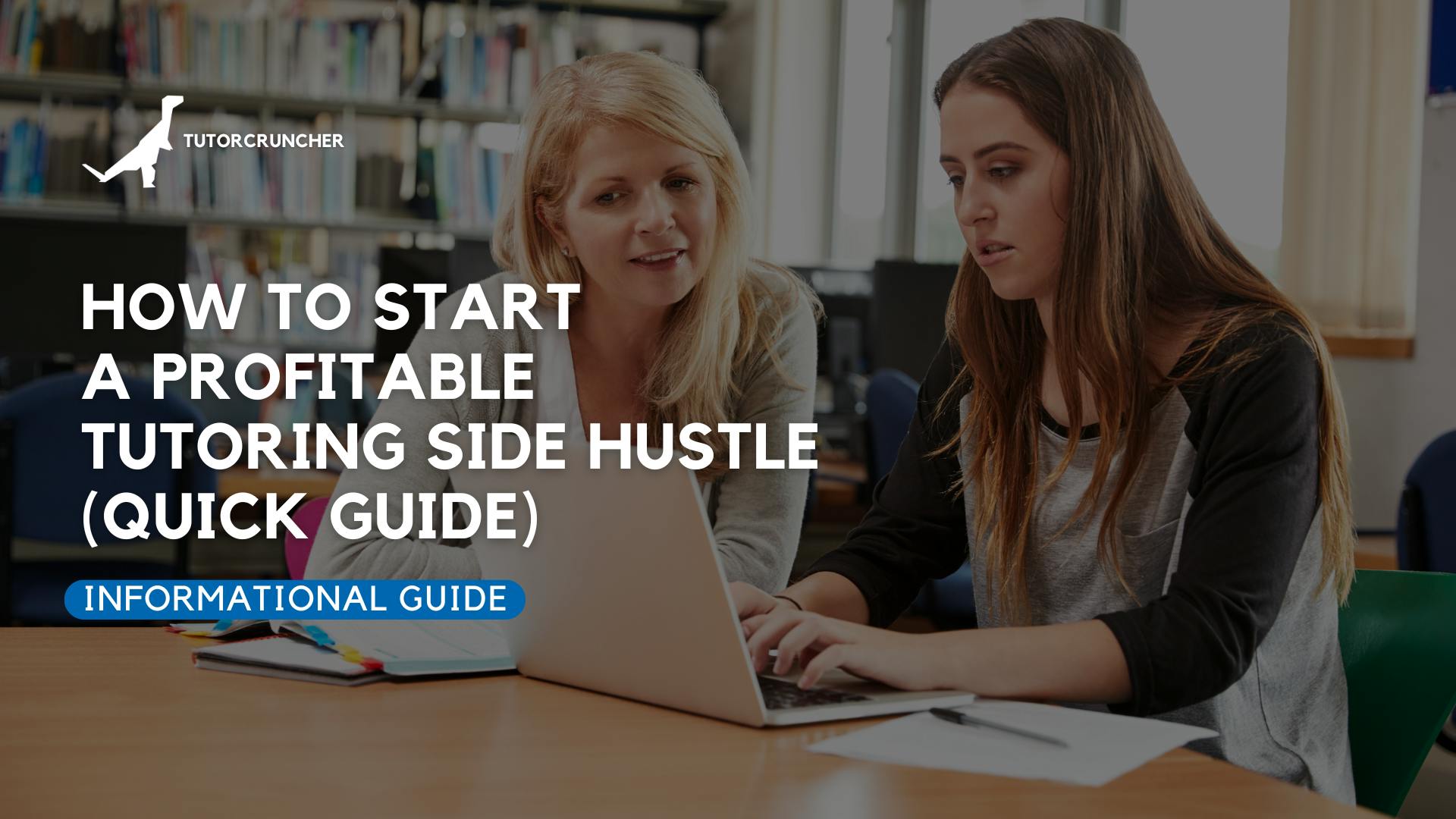Are you a tutor looking for some guidance on how to structure your sessions? Or maybe you're a teacher wondering how to get the most out of your tutoring time?
Either way, it is important to structure the session in a way that will help your students learn and understand the material best.
There are different ways to do this, and the approach you take will depend on the student's needs and abilities.
In this post, we will discuss some of the most common ways to structure a tutoring session, so that you can choose the method that works best for you and your student.
Pre-Session Preparation
A successful tutoring session starts long before the actual meeting. Effective pre-session preparation involves reviewing notes from the previous session to track the student’s progress and pinpoint areas that need extra attention. If you’re preparing for a first session, reviewing the student’s current grades, most recent test scores and report cards can help give you a sense of their academic progress. Also, be sure to gather and organize all necessary materials, such as practice problems, worksheets, or digital resources, to ensure the session runs smoothly.
It’s also important to consider the student’s interests and learning styles when planning activities, as this helps create a more engaging and supportive learning experience. Building a solid tutor-student relationship is key - taking just a few minutes to connect with your student and understand their goals can make a big difference in how motivated and comfortable they feel. By preparing thoughtfully, tutors set the stage for a productive session where students can practice, learn, and truly understand the material.
Setting Up the Session
Setting up a tutoring session with intention is crucial for making the most of your tutoring time. Begin by clarifying the student’s learning goals for the session and identifying the key concepts that need to be addressed. Develop a structured lesson plan that breaks the material into manageable chunks, balancing direct teaching with guided practice and opportunities for independent practice.
Allocate time for each activity, ensuring there’s room for questions and review. This approach keeps the session focused and allows both you and your student to track progress toward the learning objectives. By thoughtfully setting up each session, you can create a positive and effective learning experience that helps students build understanding and confidence in the subject area.
1. The first session

As a tutor, one of the most important things you can do is to structure your first tutoring session with a student in a way that will set the tone for future sessions. Here are a few tips to help you get started:
Establish expectations
Before you begin, it's important to set some ground rules with your student. Discuss what topics will be covered in the session, how long the session will last, and what type of interaction you expect from the student.
This will help to ensure that both you and the student are on the same page from the start. Additionally, it will help create a positive learning environment for you and your students.
Get to know each other
Take some time at the beginning of the session to get to know your student. Find out their name, interests, and learning goals. This will help you to personalize your tutoring approach and lesson plan and make the student feel more comfortable.
Assess the situation
In order to tailor your tutoring to the individual needs of the student, it's important to assess their current level of understanding of the subject matter. This can be done through casual conversation, asking review questions, or administering a short quiz or warm up activity. However, remember to keep the first lesson light so as to not scare the student off on day one.
Choose appropriate activities
Once you have an understanding of the student's level of knowledge, you can choose activities that are geared toward their needs. These might include working on practice problems, discussing key concepts, or reviewing specific material. There are plenty of resources available, like tutor management software to help keep your activities engaging and interactive so do your best to incorporate these into your lessons.
Wrap up
At the end of the session, take a few minutes to debrief the student. Ask them if they have any questions or concerns, and give them some homework assignments to work on before the next session - even if it is to simply think of some areas they are interested in covering in the future. It’s also helpful to get a sense of their study habits so that you can advise them on any changes to make for best results.
Thank them for their time and let them know when they can expect to see you again. By following these tips, you can ensure that your first tutoring session is productive and enjoyable for both you and your student!
2. Establishing a routine

As a tutor, one of the most important things you can do is to establish a routine during your lessons. This will help your students to feel comfortable and secure, and it will also make it easier for you to manage the lesson. Creating routines is especially helpful when introducing a new concept, as it helps students transition smoothly and become familiar with tricky subject material through structured practice. Of course, every student is different, so you'll need to be flexible in your approach.
Be consistent with lessons
Try to be consistent with the time and place of your lessons. If possible, hold your lessons at the same time each week, in the same room or location. This will help your students to know what to expect, and it will make it easier for them to focus on the lesson.
At the beginning of each session, start by greeting your student and asking how their day is going. This will help put them at ease and let them know that you're interested in them as a person, not just a student.
Recap previous lesson material
Take some time to recap the material covered in the previous session and review any homework previously set. This will give you an opportunity to assess the student’s learning style and understanding, as well as refresh their memory. Once done, move on to new material, using a variety of activities to keep your students engaged. This should take up the majority of the lesson.
Set homework and cover expectations
Finally, end each lesson with a review of the material covered and set a new homework task to be completed before your next meeting. By following these simple steps, you can establish a productive routine that will help to ensure that your students are getting the most from their lessons.
3. Sticking to the subject matter

As a tutor, it's important to stay on the subject during lessons. This can be difficult, especially if you're teaching a complex topic or if your student is struggling to understand the material. However, straying from the subject matter can only lead to confusion and frustration for both you and your student.
It's important to be patient and take the time to explain things thoroughly. If you need to, make a summary of the main points covered in the lesson before moving on and make sure to revisit the topic during the following session to ensure full understanding.
Most importantly, don't be afraid to ask for help from other tutors or experts. With a little practice, you'll be able to keep even the most challenging lessons focused and enjoyable for everyone involved.
4. Minimizing distractions

As a tutor, one of the most important things you can do is to minimize distractions during lessons. This means creating a learning environment that is free from distractions such as noise, movement and bright lights.
It also means being aware of your own body language and ensuring that you are not inadvertently sending mixed signals to your students. For instance, if you are looking at your watch or tapping your foot, students may get the impression that you are bored or impatient. Instead, try to maintain eye contact and keep an open and engaged body posture. Furthermore, your teaching strategies play an important role. If you see your current method isn’t landing, try adapting it to suit your student’s needs.
By minimizing distractions, you can create a more focused environment in which your students are more likely to engage and retain information. Utilizing interactive tools, such as online whiteboards is a helpful way to maintain engagement.
5. Taking breaks
While this may seem counterintuitive, take breaks during lessons. When you're tutoring, it's easy to get wrapped up in the material and lose track of time.
However, if you take a break every 20 minutes or so, it'll help you stay focused and on track. Plus, it'll give your student a chance to take a breather and absorb what they've learned.
There is no perfect time to take breaks but we recommend that if you're feeling bogged down during a lesson or your student seems distracted, take a break. This will help return focus to the task at hand and your students will thank you for it.
6. Ending the session
At the end of each tutoring session, it's important to take a few minutes to wrap up and check in with your student. This gives you both a chance to reflect on what was learned and identify any areas that still need work.
It also helps to build rapport and keep communication open. Here are a few tips for ending your sessions on a positive note:
- Thank your students for their participation and effort. This shows that you value their time and are grateful for their efforts.
- Summarize what was covered during the session. This helps to reinforce the material and gives your student a chance to ask any questions about what was learned.
- Discuss any homework or practice that should be done before the next lesson. This sets expectations for the next meeting and helps to ensure that progress is made between sessions.
- Finally, say goodbye and wish your student luck in their studies. This leaves them with a positive feeling, encourages them to continue working hard and builds up your student’s confidence.
7. Following up with students

After each lesson, it is important to take some time to follow up with your students. This gives you an opportunity to answer any lingering questions they may have and to assess their understanding of the lesson material.
It also allows you to provide feedback on their performance and to identify any areas that need improvement. In addition, following up with students shows that you are invested in their success and that you care about their progress.
When students feel comfortable communicating with you, they are more likely to engage in the learning process and take ownership of their education. This can go a long way towards building rapport and establishing a strong tutor-student relationship which is essential to the learning process.
Key Takeaways
Structuring a typical tutoring session takes thought, but it’s well worth the prep time! From activating students’ prior knowledge with a quick warm up to closing with clear goals for the next session, every step counts. Great teaching isn’t about cramming content, but about building the student’s understanding at a pace that suits them. Make space for student practice, answer questions as they arise, and adjust your lesson plan as needed. Most tutoring sessions benefit from open communication and a flexible structure.
Whether you're running an in-person tutoring business or offering online lessons, consistency helps students succeed. Tailor your tutoring services to match individual needs. Remember to check in regularly and use the right materials to support each learner’s style.
At TutorCruncher we want to help make your tutoring business as successful as possible, so don’t hesitate to get in touch if you need any assistance setting up or running your tutoring business. Thanks for reading!


